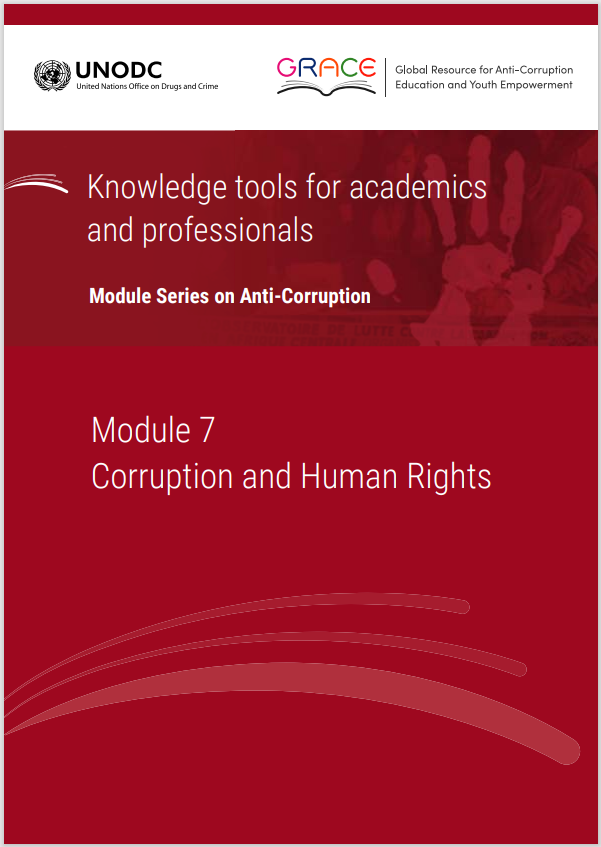This module is a resource for lecturers
Brief background on the human rights system
The first two generations of rights are enumerated and defined in two international treaties: The International Covenant on Civil and Political Rights (ICCPR) and the International Covenant on Economic, Social and Cultural Rights (ICESCR). Both Covenants were adopted by the United Nations in 1966 and entered into force in 1976. They draw on the 1948 Universal Declaration of Human Rights, turning many of its declaratory standards into binding obligations. Seven other ‘core’ human rights treaties have been concluded by States to address particular issues, such as the 1979 Convention on the Elimination of All Forms of Discrimination against Women (CEDAW) and the 1989 Convention on the Rights of the Child (CRC).
Each of these treaties has established what is known as a human rights treaty body that monitors the implementation of the treaty provisions by States parties. For example, the United Nations Human Rights Committee monitors the implementation of the ICCPR and the United Nations Committee on Economic, Social and Cultural Rights (CESCR) monitors the implementation of the ICESCR. In addition to these human rights treaty bodies, other bodies within the United Nations system are mandated to promote human rights, such as the Office of the High Commissioner for Human Rights (OHCHR) and the Human Rights Council (formerly the Human Rights Commission). A description of all United Nations human rights bodies is available on the OHCHR website.
In addition to the universal human rights treaties, regional human rights treaties have been adopted by regional organizations in Africa, Europe and the Americas. These treaties are monitored and enforced by systems of regional human rights commissions and courts. While the European and American human rights treaties focus on the human rights of individuals, the African Charter on Human and Peoples’ Rights (ACHPR) goes beyond the first two generations of rights by defining and protecting third-generation collective rights such as the rights to self-determination, development, natural resources and a satisfactory environment. A brief overview of the regional human rights systems is available in the Universal Rights Group’s A Rough Guide to the Regional Human Rights Systems.
 Next: Overview of the corruption-human rights nexus
Next: Overview of the corruption-human rights nexus
 Back to top
Back to top
